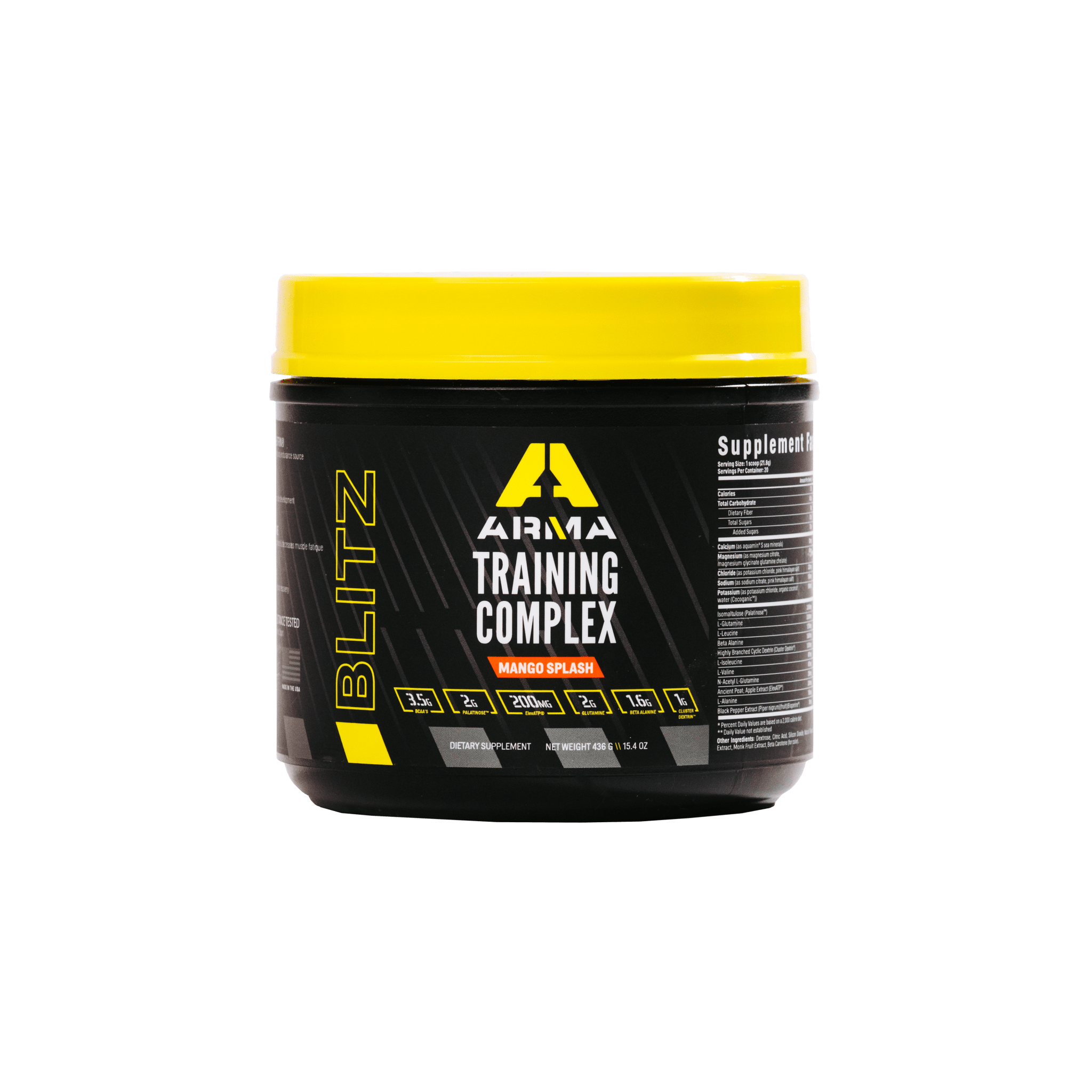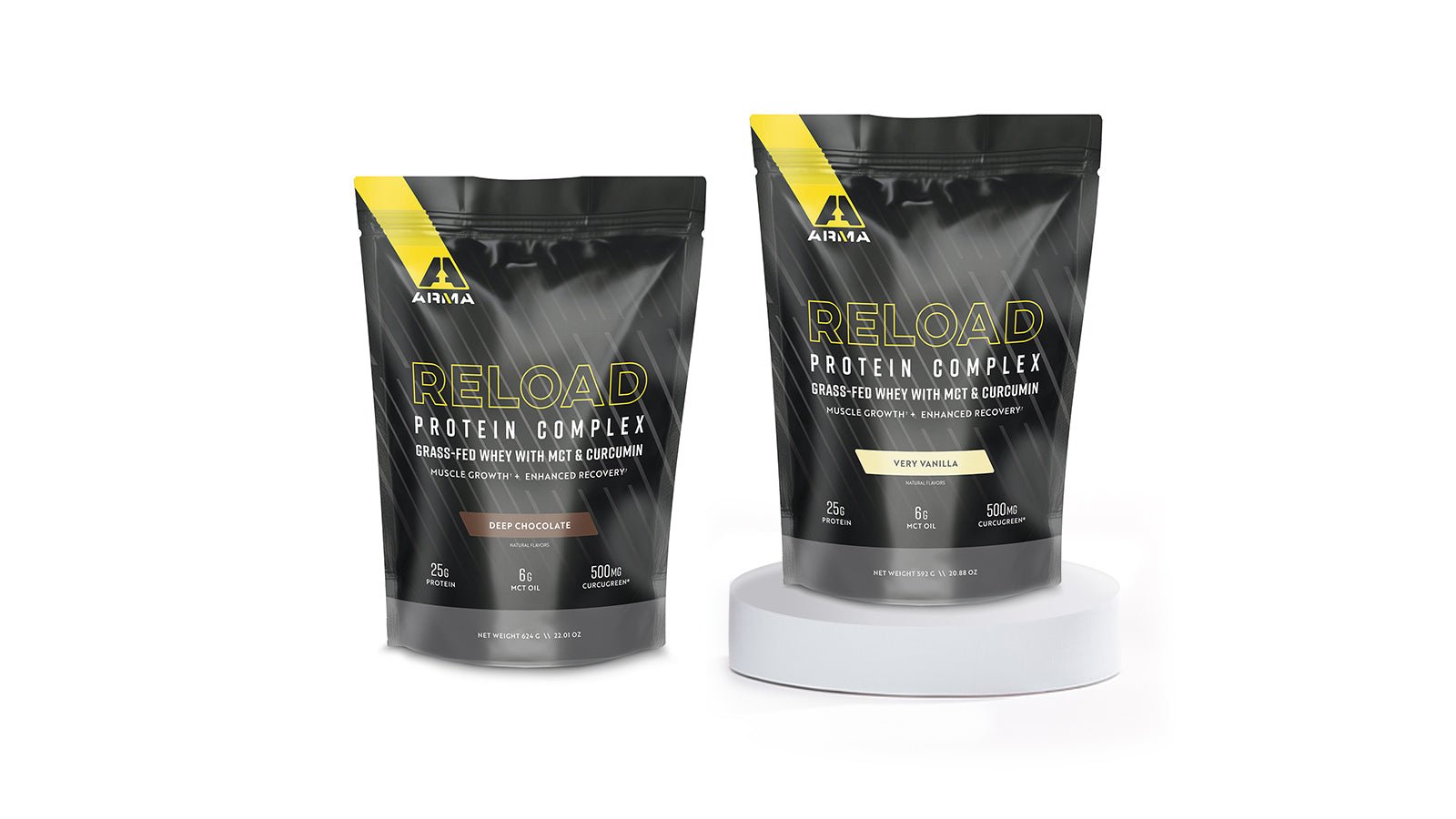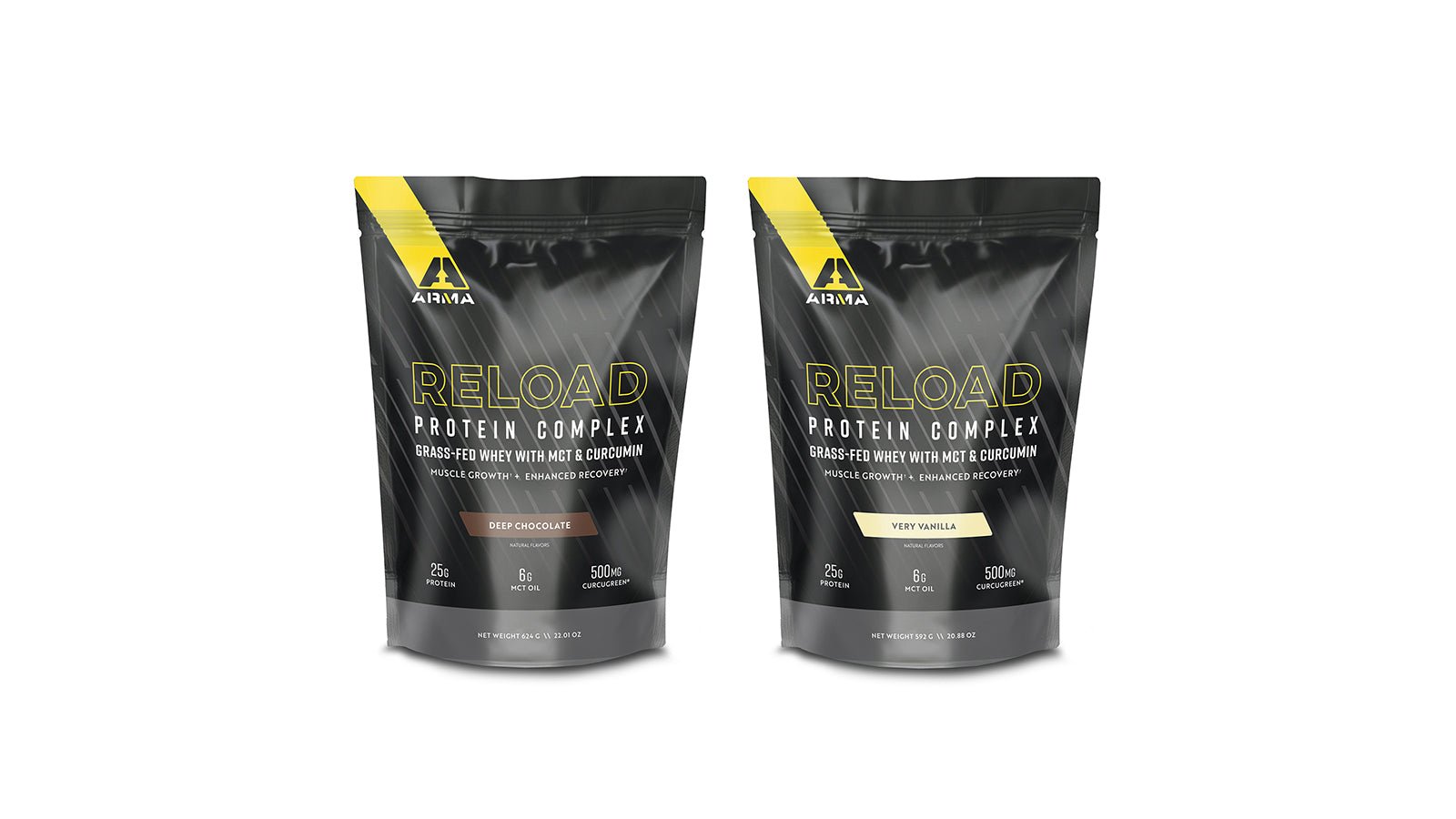Grass-fed whey has become a buzzword in health and fitness circles, but what does it truly mean for you, the athlete or discerning consumer? This comprehensive guide delves into the world of grass-fed whey, contrasting it with its industrial farming counterpart, and explores the numerous benefits it offers not just to our health but also to the environment.
Industrial Farming: A Contrast
Industrial farming - a term that often brings to mind vast fields and mechanized processes. But what lies beneath this efficiency-driven approach? Animals in these settings often don't graze on natural pastures, leading to a reliance on synthetic supplements and antibiotics. This method not only affects their wellbeing but also the quality of products derived from them, like whey protein.
The Environmental Cost of Industrial Farming
Industrial farming isn't just about animal welfare; it's a significant environmental concern. It supports monoculture practices that harm soil diversity and health. Additionally, these farms often rely heavily on synthetic fertilizers derived from fossil fuels, contributing to environmental degradation.
Animal Welfare in Industrial Systems
Animals in industrial farms live in cramped conditions, leading to a range of health issues. This necessitates the use of antibiotics and synthetic vitamins, impacting their lifespan and the quality of their produce.
The Domino Effect on Farmers and Soil Health
Industrial farming practices don't just affect animals and the environment; they also impact farmers. By promoting monoculture and processed foods, these practices reduce the diversity of crops, harming both the soil and the livelihoods of small-scale farmers.
Nutritional Differences: Grass-Fed vs Others
When it comes to nutrition, grass-fed whey stands out. Its composition is significantly different from whey derived from industrially-farmed animals, offering a richer nutrient profile that benefits athletes and health-conscious consumers alike.
Grass Farming: A Sustainable Approach
"Grass farmer" is a term that perfectly encapsulates the essence of sustainable animal rearing. These farmers prioritize soil health and biodiversity, ensuring that their practices enrich the environment rather than deplete it.
The Happy Life of Grass-Fed Animals
Animals that are grass-fed enjoy a better quality of life. They graze freely, leading to improved health and eliminating the need for antibiotics and artificial supplements.
Superior Quality of Grass-Fed Whey
Grass-fed whey is not just about the animals' diet; it's about the overall quality of the product. This whey is often richer in essential nutrients and offers a cleaner, more natural protein source for consumers.
Grass-Fed Whey: A Nutrient Powerhouse
For athletes and fitness enthusiasts, the nutrient profile of grass-fed whey is especially appealing. It supports muscle synthesis, recovery, and overall performance, making it a superior choice for those looking to optimize their health and fitness regimes.
Grass-Fed Whey for Athletic Performance
Grass-fed whey offers distinct advantages for athletes, from improved muscle recovery to better overall nutrition. Its natural composition aligns well with the needs of those who demand the most from their bodies.
Grass-fed whey is more than just a trendy term; it's a commitment to quality, health, and environmental sustainability. By choosing grass-fed whey, consumers and athletes alike make a choice that benefits not only their own health but also the wellbeing of animals and the planet.
References
Industrial and Grass-Fed Farming Practices:
Pollan, M. (2006). "The Omnivore's Dilemma: A Natural History of Four Meals." This book offers an in-depth look at food production, including the contrast between industrial and sustainable farming.
Savory, A. (2013). "How to fight desertification and reverse climate change." TED Talk. Allan Savory discusses the role of sustainable farming practices in environmental health.
Environmental Impact of Industrial Farming:
Foley, J. A., et al. (2011). "Solutions for a cultivated planet." Nature, 478(7369), 337-342. This paper discusses the environmental impacts of modern agriculture and potential solutions.
Steinfeld, H., et al. (2006). "Livestock's Long Shadow: Environmental Issues and Options." FAO. This report by the Food and Agriculture Organization delves into the environmental impact of livestock production.
Animal Welfare and Nutrition:
National Research Council. (2001). "Nutrient Requirements of Dairy Cattle: Seventh Revised Edition." This book provides comprehensive information on the nutritional requirements of dairy cattle.
Fraser, D. (2008). "Understanding Animal Welfare: The Science in its Cultural Context." Wiley-Blackwell. This book offers insights into animal welfare issues in modern farming.
Nutritional Differences and Health Benefits:
Daley, C. A., et al. (2010). "A review of fatty acid profiles and antioxidant content in grass-fed and grain-fed beef." Nutrition Journal, 9, 10. This study compares the nutritional differences between grass-fed and grain-fed beef.
Hoffman, J. R., & Falvo, M. J. (2004). "Protein – Which is Best?" Journal of Sports Science & Medicine, 3(3), 118–130. This paper discusses different protein sources and their benefits for athletes.
Sustainable Agriculture and Soil Health:
Montgomery, D. R. (2007). "Dirt: The Erosion of Civilizations." University of California Press. This book examines the role of soil health in the sustainability of civilizations.
Athletic Performance and Nutrition:
Tipton, K. D., & Wolfe, R. R. (2004). "Protein and amino acids for athletes." Journal of Sports Sciences, 22(1), 65-79. This article discusses the role of protein in athletic performance and recovery.












